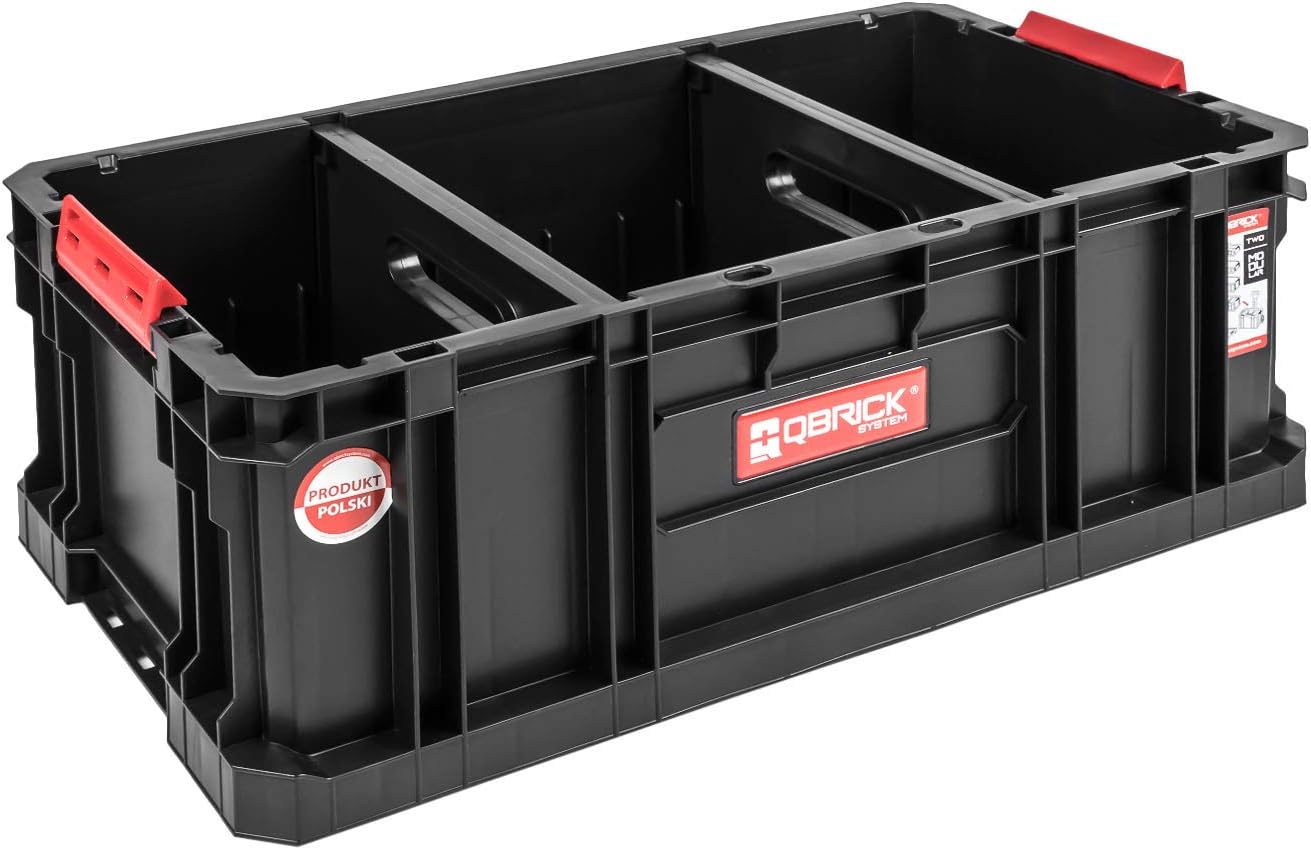
QBRICK SYSTEM TWO Box 200 Flex Tool Box Basket with Dividers
FREE Shipping
QBRICK SYSTEM TWO Box 200 Flex Tool Box Basket with Dividers
- Brand: Unbranded

Description
The flex-wrap property is set to nowrap. This means that the flex items will always remain in a single row or column, overflowing their container if their combined width/ height exceeds the containing element width/ height. tl;dr - We don't provide testing for attributes that works over single item basis. What is the :after placeholder? Using flex: none will create fully inflexible flex items. It is as if you wrote flex: 0 0 auto. The items cannot grow or shrink but will be laid out using flexbox with a flex-basis of auto.
We will take a brief look at these properties in this overview, and you can gain a fuller understanding in the guide Controlling Ratios of Flex Items on the Main Axis. The shorthand you often see in tutorials is flex: 1 or flex: 2 and so on. This is as if you used flex: 1 1 0 or flex: 2 1 0 and so on, respectively. The items can grow and shrink from a flex-basis of 0. You can read more about the relationship between flexbox and the Writing Modes specification in a later article; however, the following description should help explain why we do not talk about left and right and top and bottom when we describe the direction that our flex items flow in.
If we have three 100 pixel-wide items in a container which is 500 pixels wide, then the space we need to lay out our items is 300 pixels. This leaves 200 pixels of available space. If we don't change the initial values then flexbox will put that space after the last item. If you set box-flex to 0, Firefox forces the element to act like it’s using the quirks-mode box model.
There are also some predefined shorthand values which cover most of the use cases. You will often see these used in tutorials, and in many cases these are all you will need to use. The predefined values are as follows: You can add a :after pseudo element in container with the placeholder button. It has the effect as flex: 999 999 auto which consumes all space in the last line of your content. More Stuffs The justify-content property is used to align the items on the main axis, the direction in which flex-direction has set the flow. The initial value is flex-start which will line the items up at the start edge of the container, but you could also set the value to flex-end to line them up at the end, or center to line them up in the center. The result of this is that your items will all line up in a row, using the size of the content as their size in the main axis. If there are more items than can fit in the container, they will not wrap but will instead overflow. If some items are taller than others, all items will stretch along the full length of the cross-axis. Before we can make sense of these properties we need to consider the concept of available space. What we are doing when we change the value of these flex properties is to change the way that available space is distributed amongst our items. This concept of available space is also important when we come to look at aligning items.Another vital area of understanding is how flexbox makes no assumption about the writing mode of the document. In the past, CSS was heavily weighted towards horizontal and left-to-right writing modes. Modern layout methods encompass the range of writing modes and so we no longer assume that a line of text will start at the top left of a document and run towards the right-hand side, with new lines appearing one under the other. The live example below allows you to test out the different values of the flex shorthand; remember that the first value is flex-grow. Giving this a positive value means the item can grow. The second is flex-shrink — with a positive value the items can shrink, but only if their total values overflow the main axis. The final value is flex-basis; this is the value the items are using as their base value to grow and shrink from. To have more control over flex items we can target them directly. We do this by way of three properties: An area of a document laid out using flexbox is called a flex container. To create a flex container, we set the value of the area's container's display property to flex or inline-flex. As soon as we do this the direct children of that container become flex items. As with all properties in CSS, some initial values are defined, so when creating a flex container all of the contained flex items will behave in the following way.
- Fruugo ID: 258392218-563234582
- EAN: 764486781913
-
Sold by: Fruugo
